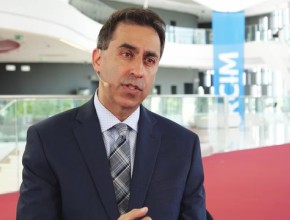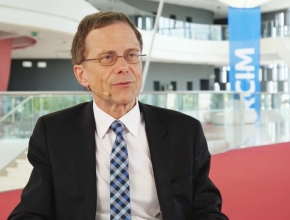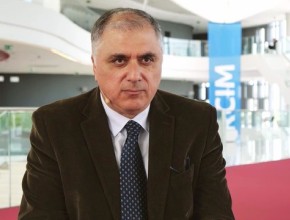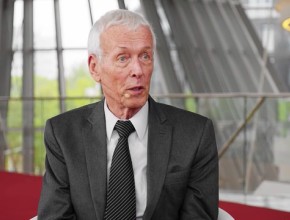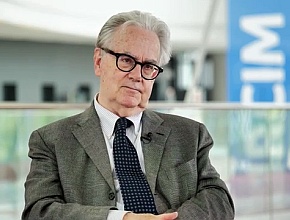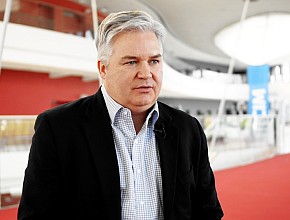Dr Giuseppe Mancia is an emeritus professor of medicine at the University of Milano-Bicocca (Italy) and past president of the International Society of Hypertension and the European Society of Hypertension.
What has changed in the 2018 European Society of Cardiology (ESC)/European Society of Hypertension (ESH) guidelines on hypertension?
Giuseppe Mancia, MD, PhD: There are many new aspects, lots of novelties. One of them, for example, is the diagnostic aspects. Now it is recommended to make a much larger use of out-of-office (home) blood pressure and/or ambulatory blood pressure measurements in order to confirm hypertension.
Physicians have now 2 options. One of them is to go with the traditional approach, with repeated visits and office blood pressure measurements, and another one is to confirm the diagnosis of hypertension by out-of-office blood pressure measurements.
There are also many elements of novelties in treatment. Drug treatment is extended to categories that were not considered or for which recommendations were very weak in the past, for example, grade 1 hypertension with low cardiovascular risk, mild hypertension in the elderly, even individuals with high normal blood pressure when there is a very high cardiovascular risk, that is, a history of cardiovascular disease.
Target blood pressures for treatment are lower now. Less than 130 mm Hg systolic blood pressure rather than 140 mm Hg as before and less than 140 mm Hg in the elderly rather than 150 mm Hg.
And then, finally, a very important novelty is that now the recommended treatment strategy is to start with 2 drugs; preferably, if possible, in a single tablet, because treatment simplification is associated with increased adherence to treatment, which is perceived to be a major barrier in controlling blood pressure in real life.
 English
English
 Español
Español
 українська
українська

